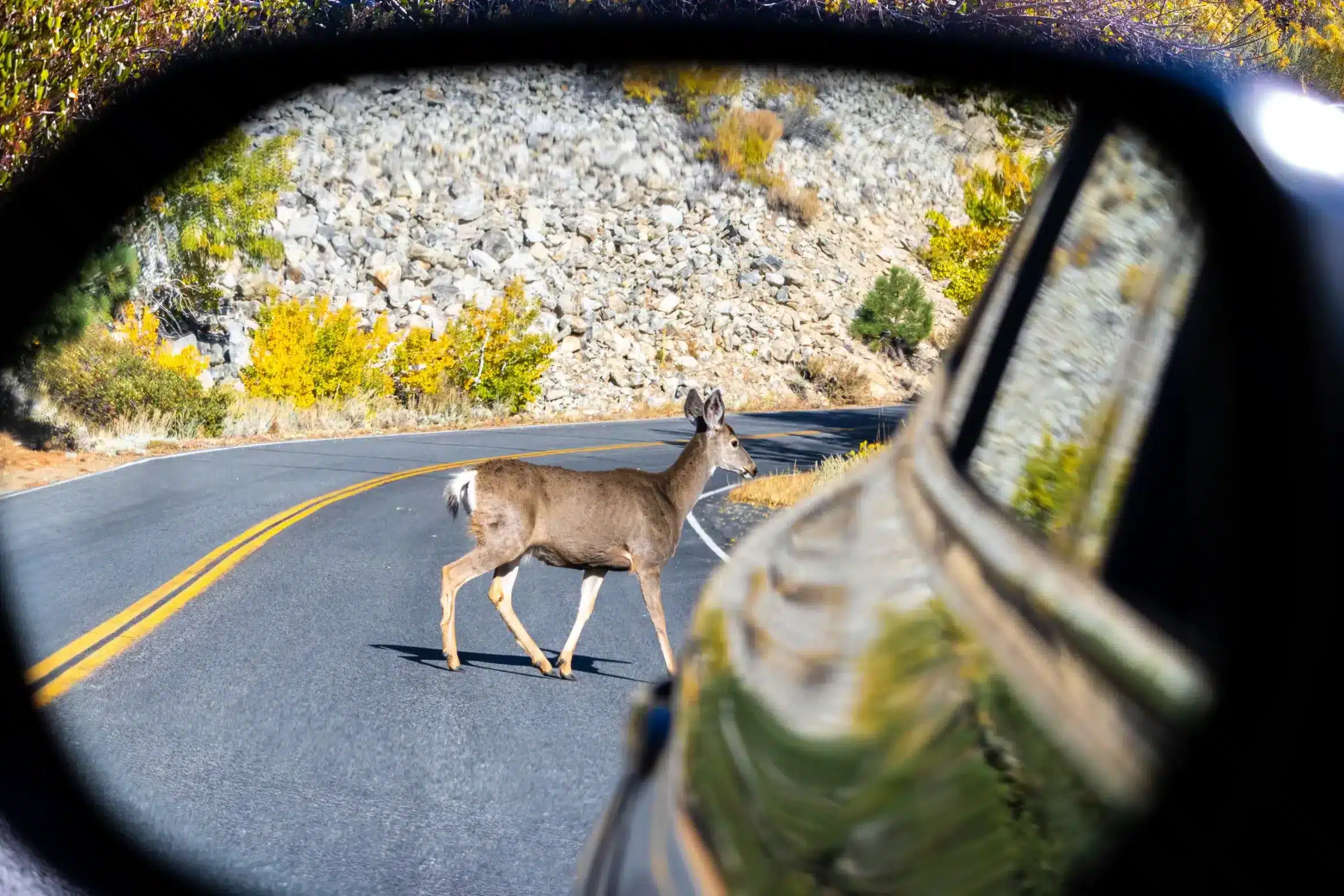Earlier this month, the U.S. Department of Transportation announced a new pilot program that will allocate $350 million for wildlife crossing projects on roads, specifically in rural communities where vehicle collisions with animals are most common.
While the program has received praise from conservation groups who say it could protect wildlife, other experts say a lot more work – and money – is needed to significantly decrease the number of animals killed on the nation’s roads.

“The $350 million sounds like a lot, but when you spread it among 50 states and you realize how much it costs to build one wildlife crossing, you realize, okay, yeah, you can build one wildlife crossing in each state,” said Fraser Shilling, director of the Road Ecology Center at the University of California-Davis and a leading expert on transportation’s effect on wildlife in the United States.
Depending on the project, the cost to build a single wildlife crossing can range in the hundreds of thousands to millions, according to Shilling.
More than one million animals and 200 people are killed in wildlife vehicle collisions every year, according to estimates from the Department of Transportation. The property damage from these collisions is estimated to cost $2 billion.
To address this problem, the federal transportation agency plans to allocate $350 million to eligible state, tribal, and local governments and organizations over a five-year period to build overpasses, tunnels, signs, and fencing on and around roads. At least 60% of the funds must go to projects in rural areas.
“Rural states like Montana or West Virginia are high on the list of highest wildlife vehicle collision states,” said Mike Leahy, director of wildlife, hunting, and fishing policy for the National Wildlife Federation. Leahy worked on the legislation that created the new pilot program. “And a lot of that is because you have cars moving pretty fast down two-lane or smaller highways where there’s a lot of wildlife around, including big game that can be crossing the road at any time.”
Program administrators hope to target rural areas that have previously been overlooked during federally managed infrastructure projects such as this one.
“Communities that may not previously have had access to funding for these critical projects can finally make roads safer while protecting wildlife and their movement corridors,” said federal highway administrator Shailen Bhatt in a press release.
The area that animals can move around uninterrupted by roads has shrunk tremendously over the past century. For some animals, this has become a serious problem: In California, mountain lions whose territory is constricted by newer six-lane highways inbreed, causing health issues. Many more are hit by cars, which scientists say are causing a serious decline in the total number of mountain lions that roam California.
Across the country, cars hit other endangered or nearly extinct species like desert tortoises, bighorn sheep, and even American crocodiles, according to the Department of Transportation.
The agency’s new wildlife crossings program is one of several initiatives created through the 2021 Bipartisan Infrastructure Law to increase animal safety on roads. The law updated language in federal transportation programs to ensure wildlife crossing projects can be included during the construction of railroads, highways, and bridges.
The goal is to reduce habitat fragmentation that prevents animals from traveling throughout their natural environments, which should fight biodiversity loss, a priority of the Biden administration.
These efforts are a good step, according to Shilling from the Road Ecology Center, but without addressing the other causes for wildlife mortality like threats from invasive species and disease, pollution, and climate change, biodiversity loss will continue. Habitat fragmentation is just one part of the problem, he said.
“[Wildlife] crossings… have an important ecological function in terms of restoration, but without taking care of the other things, they also have decreased utility,” Shilling said.
The $350 million will be released in segments, starting this year. Applicants have until August 1 to submit project proposals. Two more funding rounds will be opened in 2024 and 2025 before the program’s expiration in 2026.
While the pilot program does have an end date, program experts say it is possible more funding will be released in the future for wildlife crossing projects.
“There’s a lot of demand out there already and a lot of excitement around the country within the states, with tribes, with conservationists,” National Wildlife Federation’s Leahy said. “I think the demand will probably exceed the level of funding… I think there’s a good chance Congress renews the program after the pilot program expires.”
This article first appeared on The Daily Yonder and is republished here under a Creative Commons license.
Claire Carlson is a reporting fellow at The Daily Yonder. She lives in Portland, Oregon.



